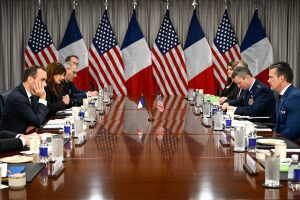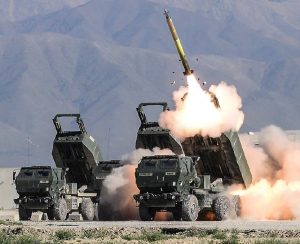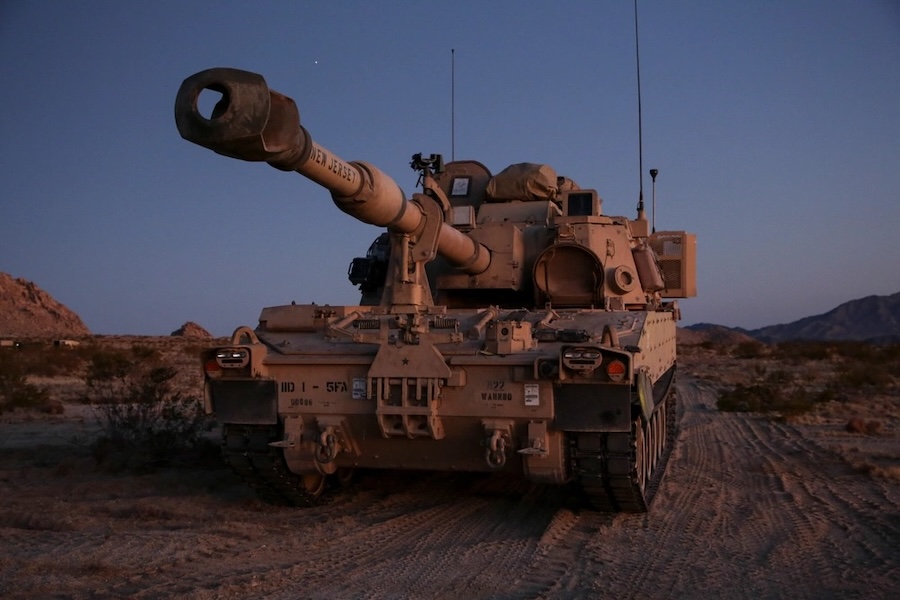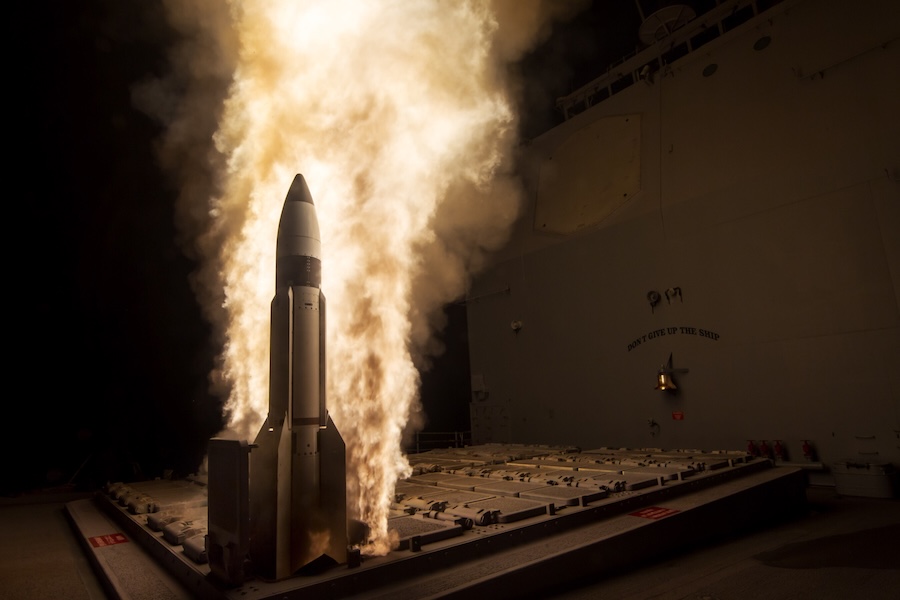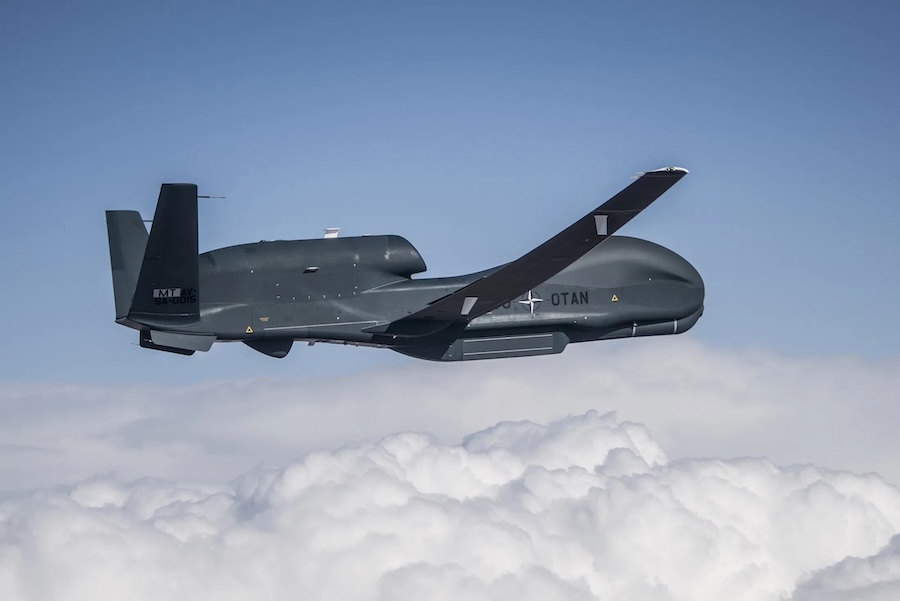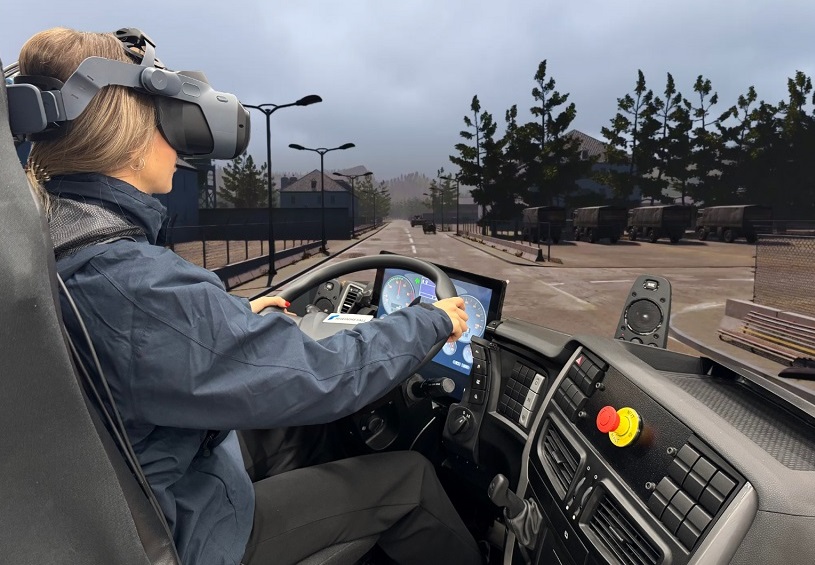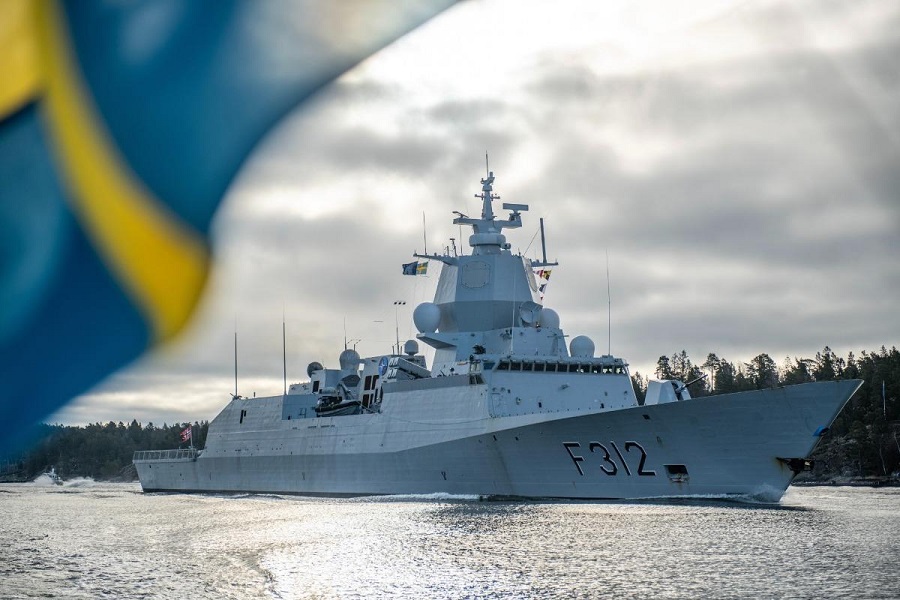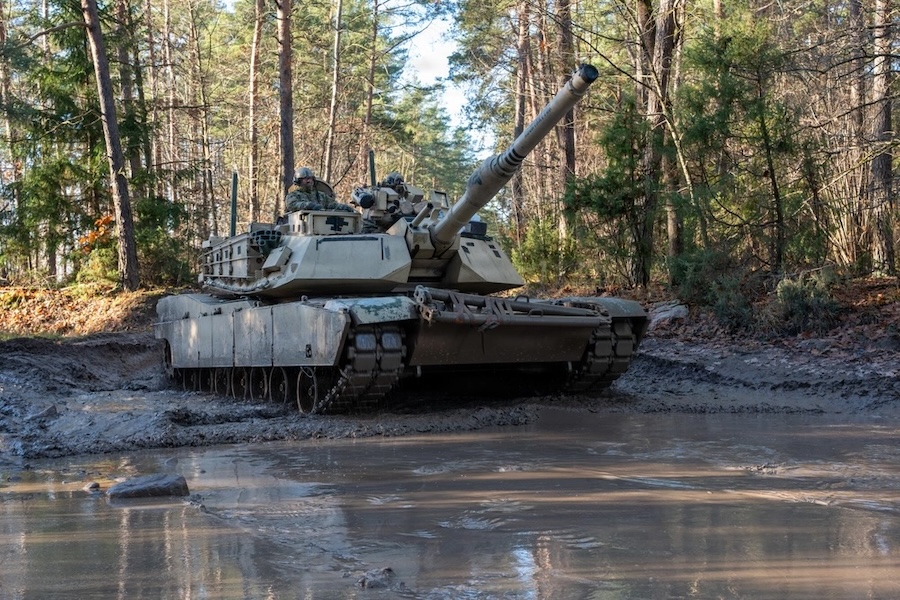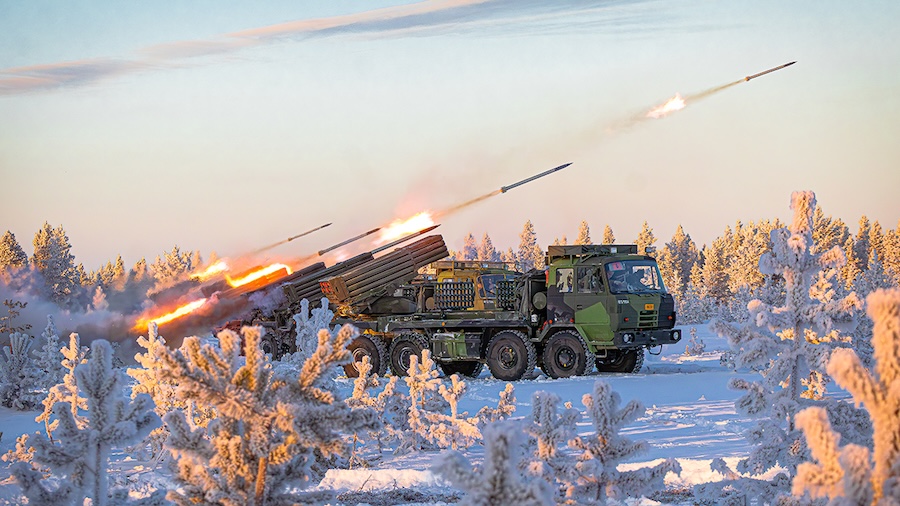“To achieve this, the United States Army must prioritise defending our homeland and deterring China in the Indo-Pacific region,” said Hegseth. “Deterring war, and if required, winning on the rapidly evolving battlefield requires Soldiers who are physically and mentally resilient, rigorously trained, and equipped with the best technology available.”
The transformation strategy involves divesting obsolete systems, streamlining command structures, and modernising acquisition processes. Hegseth stated the Army must focus investment on long-range precision fires, air and missile defence—including the Golden Dome for America—cyber, electronic warfare, and counter-space operations.
“I am directing the Secretary of the Army to implement a comprehensive transformation strategy,” Hegseth added. “Streamline its force structure, eliminate wasteful spending, reform the acquisition process, modernise inefficient defence contracts, and overcome parochial interests to rebuild our Army.”
Secretary of the Army Daniel P. Driscoll echoed the urgency for change, referencing lessons from the conflict in Ukraine. “President Trump and Secretary Hegseth have empowered the Army to make the hard decisions and hard changes to reallocate our dollars to best position our Soldiers to be the most lethal they can be,” he said.
The Army is already making progress in personnel readiness, according to Chief of Staff Gen. Randy A. George. “We’re up in every category, and we still have our biggest recruiting months ahead of us this summer,” he said. “We’re more than 90 percent right now.”
Driscoll highlighted the strong retention rates, noting, “We hit our 12-month retention goal six months into the year because that’s how strong our leadership has been so far.” He added that Soldiers are choosing to continue their service due to confidence in the Army’s direction.
The Army has been tasked with achieving several future warfare goals, including fielding long-range missiles by 2027 and deploying Unmanned Systems and launched effects in all divisions by 2026. “We recently had an exercise with more than 200 drones in a brigade combat team,” Driscoll said. “We know we need to change.”
Other directives include enabling AI-driven command and control at higher echelons by 2027 and extending 3D printing to operational units by 2026. The Army also aims to fully modernise its industrial base for ammunition production by 2028.
To bolster Indo-Pacific readiness, the Army will increase forward presence through pre-positioned stocks, rotational deployments, and joint exercises with partners. These efforts aim to enhance strategic access and deterrence capabilities in the region.
Hegseth also ordered reductions in outdated systems and programmes, including manned aircraft, legacy ground vehicles, and unnecessary climate-related initiatives. The Army will cut wasteful contracts and excess travel budgets to redirect resources toward warfighting priorities.
In terms of force structure, the Army will consolidate and reduce redundant headquarters, including merging Army Futures Command with Training and Doctrine Command. “We’re cutting headquarters; we’re cutting some of the bloat and going after inefficiencies,” Driscoll said.
Manned attack helicopter formations will be downsized and augmented by drone swarms, while select armour and aviation units across all components will be divested. Forces will be realigned to maximise deterrence and ensure rapid deployment capabilities.
As part of workforce modernisation, the Army will revise civilian hiring and firing policies and reduce general officer positions to streamline leadership. Hegseth emphasised the need to prioritise merit and skills essential to today’s operational environment.
In acquisition reform, the Army will pursue contract adjustments to secure right to repair provisions, allowing greater maintenance flexibility without undermining intellectual property rights. It will also implement performance-based and multi-year contracts to boost efficiency and cost-effectiveness.
“The American Soldier is innovative. They are smart. They are hungry for change,” said Driscoll, underscoring the Army’s readiness to adapt to the evolving demands of modern warfare.








